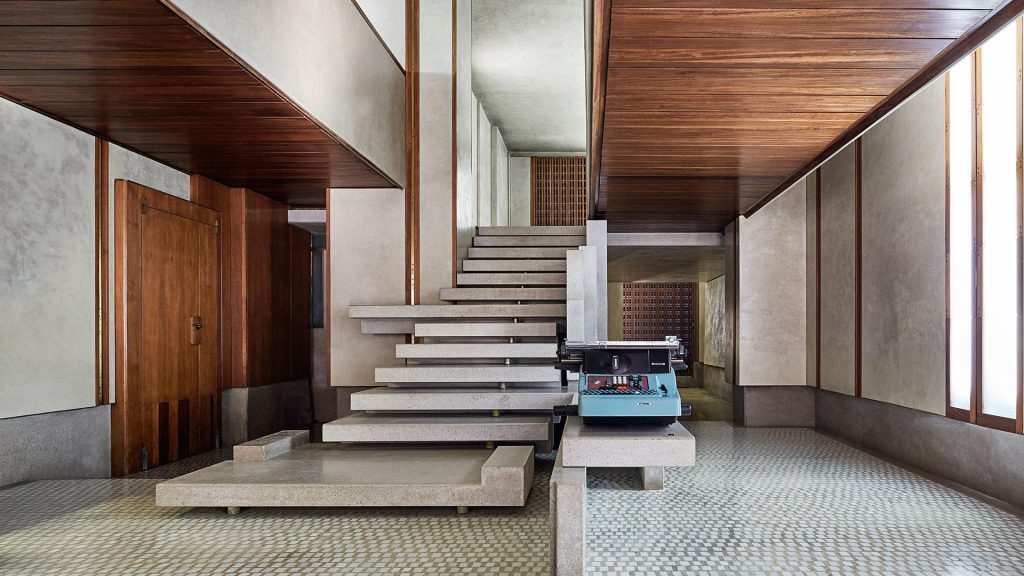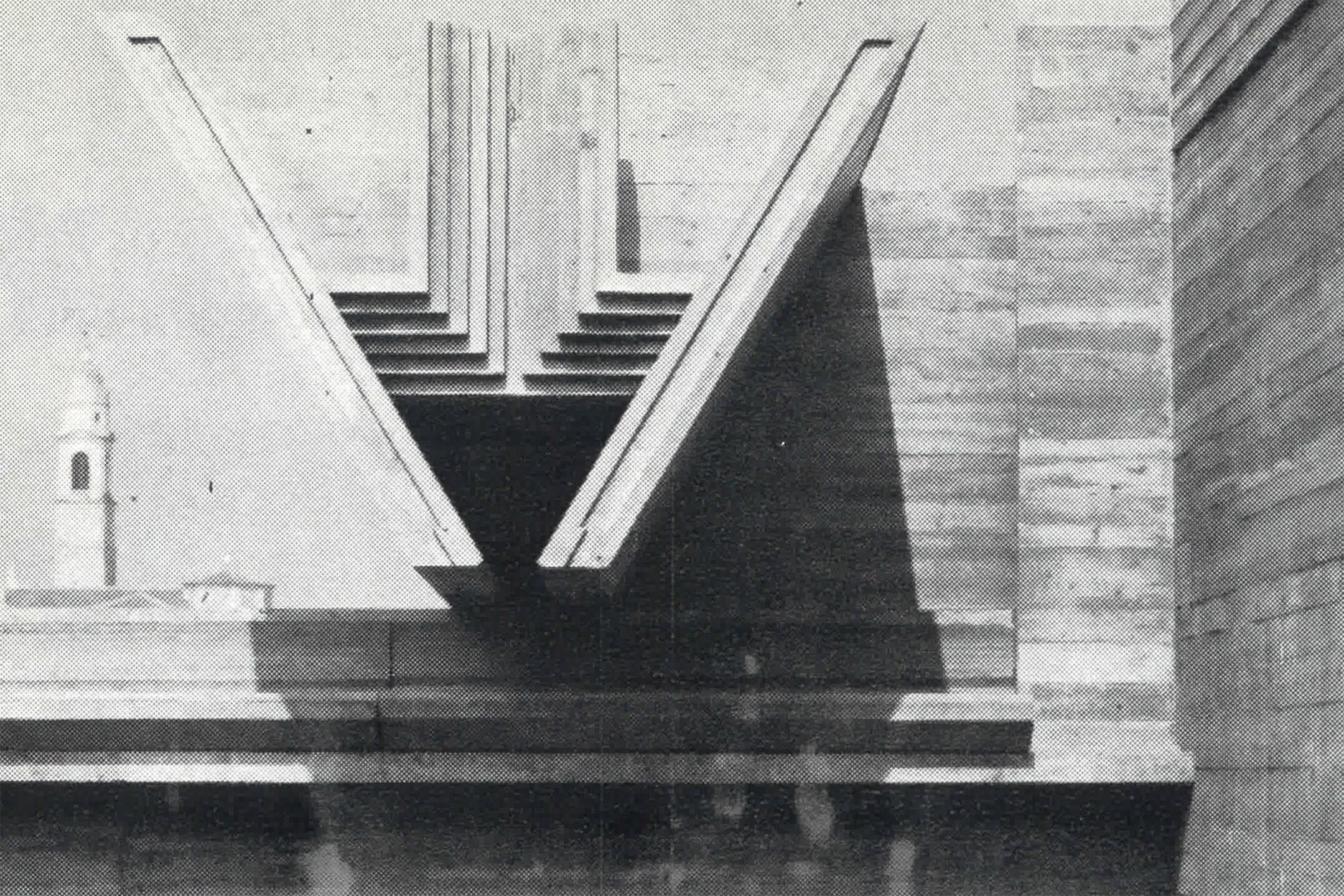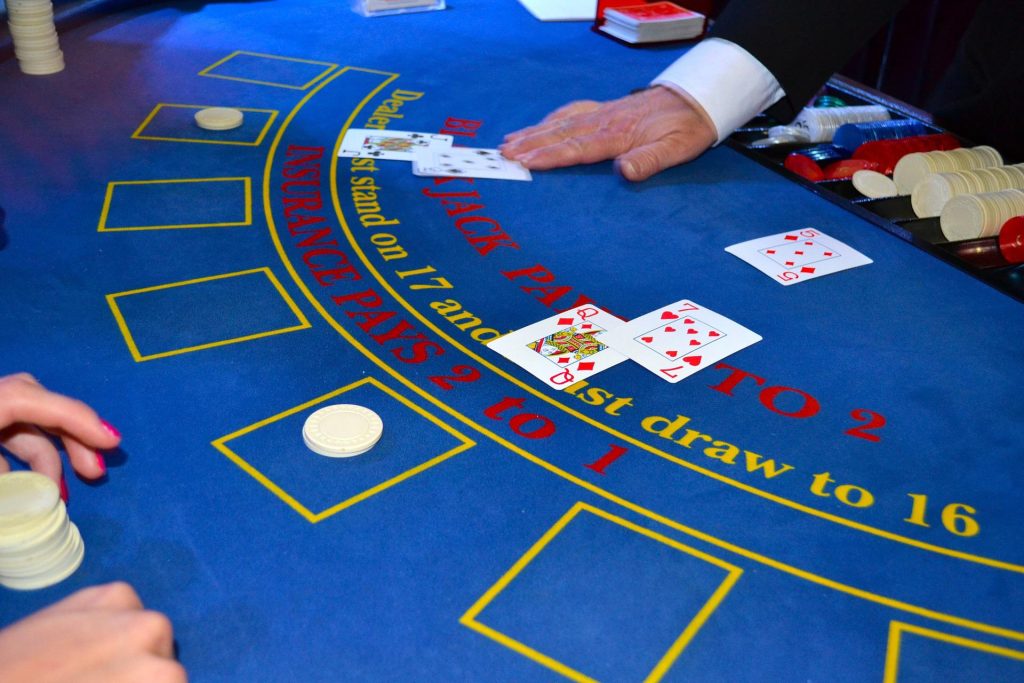Carlo Scarpa was an Italian architect, painter and designer. His work is characterized by a commitment to traditional materials and construction methods, as well as a refined sense of detail. Scarpa was born in Venice in 1906. After graduating from the city’s prestigious Academy of Fine Arts in 1925, he began his career as an architectural draftsman. He soon established his practice, which he ran for the next four decades. While Scarpa’s work is often associated with the Italian city of Venice, he spent very little time there during his lifetime.
During his career, Scarpa completed several significant projects, both in Italy and abroad. These include the Brion Cemetery and Sanctuary (1970-78) in Treviso, the Olivetti Showroom (1958) in Venice, and the Castelvecchio Museum (1964-77) in Verona.
The Brion Cemetery and Sanctuary:
Tomba Brion, also known as the Brion Tomb, is a monument located in San Vito d’Altivole, Italy. The tomb is situated on a hillside and overlooks a valley. It is made of concrete, glass, and stone, and its design is based on the concept of a “stone garden.” The tomb has a central square chamber, surrounded by a perforated wall. The tomb is accessed by a ramp, which leads to a small platform in front of the chamber. The chamber is lit by a skylight and contains the remains of Brion Gysin, a friend of Scarpa’s. The tomb is considered to be one of Scarpa’s most important works and is a prime example of his use of concrete and his exploration of space and light. Visiting there will give you the same feeling you would get by playing a round of HellSpin Casino online.
The Olivetti Showroom:

The Olivetti Showroom is one of the most iconic examples of 20th-century Italian architecture. Located in the city of Venice, the showroom was designed to showcase the latest products from the Olivetti company, one of the leading manufacturers of typewriters and other office equipment at the time. Scarpa’s design features a clean and simple layout with a focus on showcasing the products on display. The use of glass, marble, and steel gives the showroom a modern and sleek look that was ahead of its time. The Olivetti Showroom is a prime example of Scarpa’s unique architectural style and is considered one of his most important works.
The Castelvecchio Museum:
The building is situated on the banks of the River Adige. The museum houses a collection of medieval and Renaissance art, as well as some architectural and archaeological artifacts. The museum is built around a central courtyard, which is accessible from the street via a bridge. The bridge spans the River Adige and leads to the main entrance of the museum. The courtyard is surrounded by many different buildings, each of which houses a different collection. The museum is built in a modernist style, with clean lines and a minimalist aesthetic. However, Scarpa also incorporated several traditional elements into the design, such as the use of brickwork and arches. These elements give the museum a unique look that sets it apart from other contemporary buildings.
It’s safe to say that Carlo Scarpa is one of the most legendary architects and designers of the 20th century. He is known for his unique and innovative approach to design, as well as his ability to blend different styles and influences in his work. He also worked on some private residences, many of which are considered masterpieces of Italian architecture. Scarpa died in 1978, at the age of 72, but his work continues to influence architects and designers all over the world.



Leave a Reply